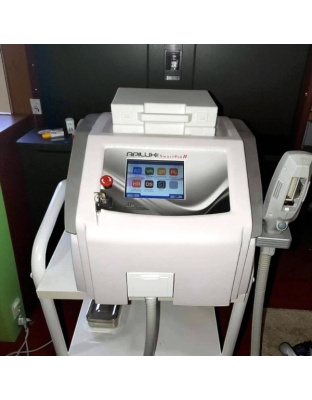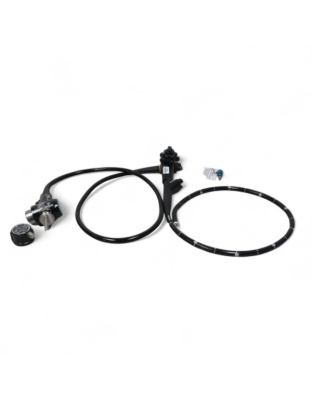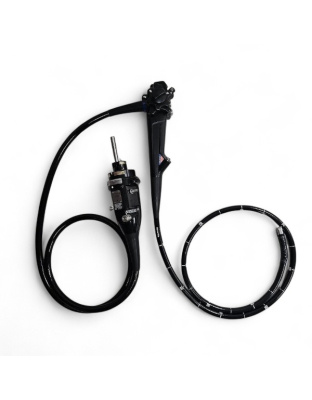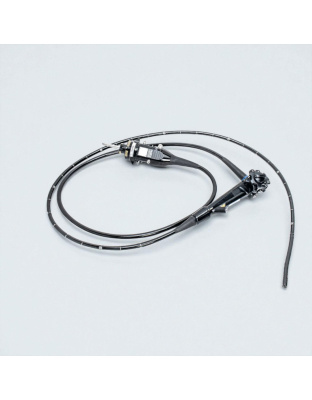Medical Lab Equipment
Medical lab equipment is essential for conducting tests, experiments, and analyses in various healthcare settings, including hospitals, clinics, and research facilities. Here’s an overview of common types of medical lab equipment and their purposes:
1. Microscopes
- Types: Light microscopes, electron microscopes, and fluorescence microscopes.
- Use: To magnify small specimens, allowing for detailed examination of cells, tissues, and microorganisms.
2. Centrifuges
- Use: To separate components of liquids based on density by spinning samples at high speeds.
- Applications: Commonly used in blood tests, urine analysis, and for isolating DNA/RNA.
3. Incubators
- Use: To provide a controlled environment for the growth of cultures and microorganisms.
- Applications: Used in microbiology labs for culturing bacteria, yeast, and other organisms.
4. Spectrophotometers
- Use: To measure the absorbance or transmittance of light in a sample.
- Applications: Commonly used in biochemical assays, determining concentrations of substances in solutions.
5. Autoclaves
- Use: To sterilize equipment and materials using high-pressure steam.
- Applications: Essential for ensuring that all lab tools and media are free from contaminants.
6. Pipettes and Micropipettes
- Use: For precise measurement and transfer of liquids.
- Applications: Widely used in various laboratory procedures, including PCR and cell culture.
7. Refrigerators and Freezers
- Use: To store samples, reagents, and biological materials at controlled temperatures.
- Applications: Critical for preserving the integrity of sensitive materials, such as vaccines and blood products.
8. Blood Gas Analyzers
- Use: To measure the levels of oxygen, carbon dioxide, and pH in blood samples.
- Applications: Important for assessing respiratory and metabolic function.
9. Electrophoresis Equipment
- Use: To separate macromolecules like DNA, RNA, or proteins based on size and charge.
- Applications: Commonly used in genetic analysis and protein studies.
10. Hematology Analyzers
- Use: To perform complete blood counts (CBC) and analyze blood cell characteristics.
- Applications: Essential for diagnosing various blood disorders.
11. Chemical Analyzers
- Use: To perform various chemical tests on blood and other fluids.
- Applications: Used for metabolic panels, liver function tests, and electrolyte analysis.
12. X-ray Machines
- Use: To produce images of the inside of the body.
- Applications: Used for diagnostic imaging in various medical conditions.
Why Choose Medical Lab Equipment?
Selecting the right medical lab equipment is crucial for ensuring accurate diagnostics, effective research, and high-quality patient care. Here are several compelling reasons to invest in quality medical lab equipment:
1. Accuracy and Reliability
- Precision Testing: High-quality lab equipment provides accurate measurements and results, which are essential for diagnosing medical conditions.
- Consistent Performance: Reliable equipment minimizes variability in test results, leading to more dependable patient outcomes.
2. Efficiency
- Streamlined Processes: Advanced equipment often comes with features that enhance workflow efficiency, reducing the time needed for testing and analysis.
- Automation: Many modern devices automate repetitive tasks, allowing lab personnel to focus on more complex analyses and patient interactions.
3. Safety
- Built-in Safety Features: Quality medical lab equipment often includes safety mechanisms to protect users from hazards, such as exposure to biological materials or chemicals.
- Regulatory Compliance: Investing in certified equipment ensures compliance with health and safety regulations, reducing the risk of legal issues.
4. Versatility
- Multiple Applications: Many devices can perform a variety of tests, making them versatile tools in a lab setting. For example, a single spectrophotometer can be used for various biochemical assays.
- Adaptability: Equipment that can be easily updated or modified allows labs to keep pace with evolving technologies and testing requirements.
5. Improved Patient Care
- Timely Diagnostics: Efficient and accurate lab tests lead to quicker diagnoses, enabling timely treatment decisions that improve patient outcomes.
- Comprehensive Testing: Advanced equipment allows for a broader range of tests, providing a more complete picture of a patient’s health.
6. Cost-Effectiveness
- Long-Term Savings: Investing in durable, high-quality equipment can reduce maintenance costs and the need for frequent replacements.
- Reduced Waste: Accurate testing minimizes the need for retests, saving both time and resources.
7. Enhanced Research Capabilities
- Support for Innovations: Advanced lab equipment enables researchers to conduct cutting-edge studies, leading to new discoveries and advancements in medical science.
- Collaboration Opportunities: High-quality equipment can attract partnerships with academic institutions and other research organizations.
8. User-Friendly Design
- Intuitive Interfaces: Many modern devices are designed with user-friendly interfaces, making them easier for lab personnel to operate and reducing training time.
- Ergonomic Features: Equipment designed with ergonomics in mind helps reduce strain and fatigue for users, promoting a healthier work environment.











